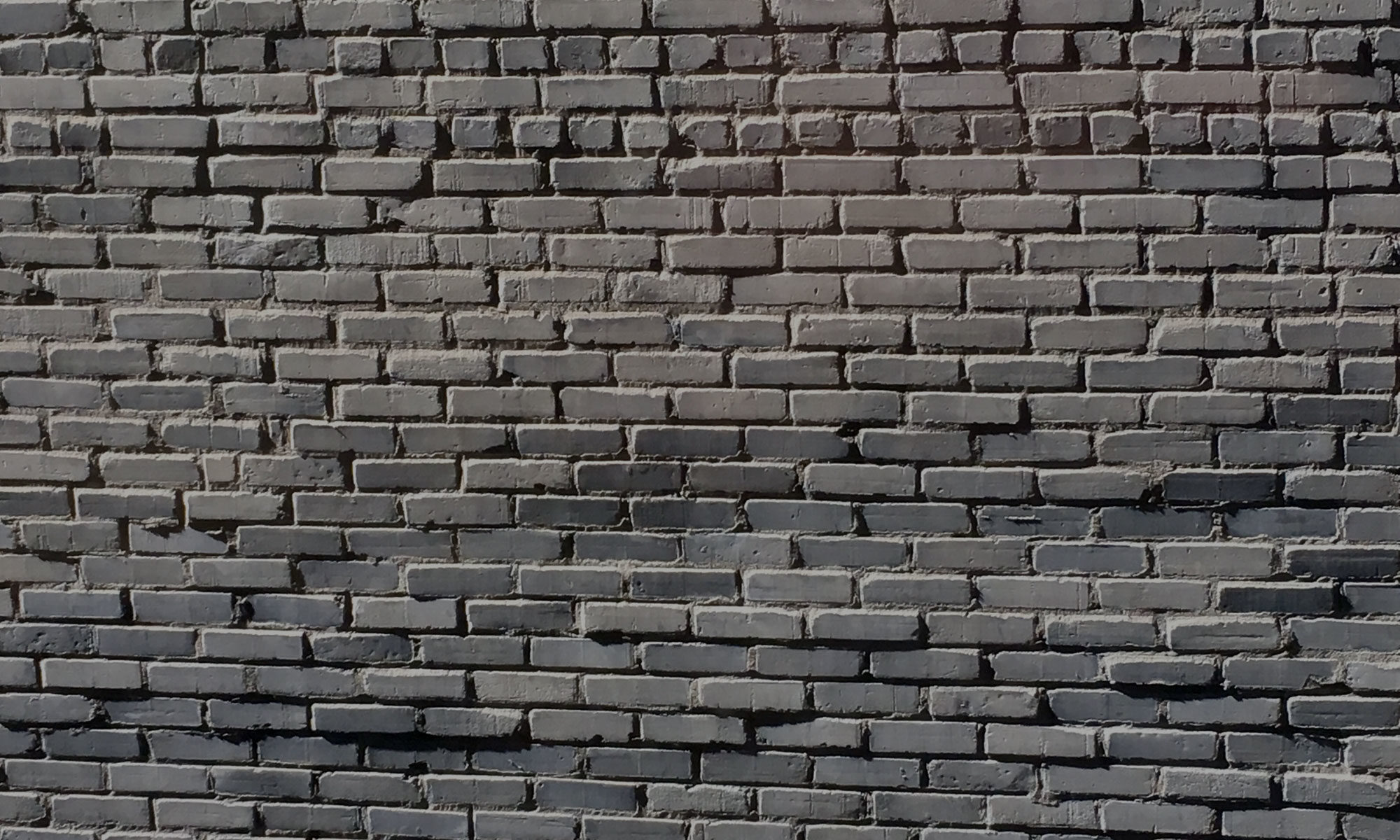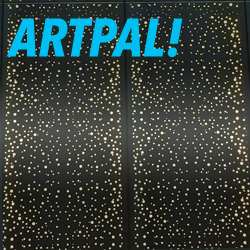Wells Fargo Center looks like another Art Deco building (in more ways then one- it looks like another specific Art Deco building), but that’s not quite accurate. It’s time to get serious about this postmodernism thing.
EPISODE TRANSCRIPT
Hi there! I’m Keith Pille, your art pal.
In this episode, we’re continuing this season’s discussion of architecture in downtown Minneapolis with another of the city’s high-profile skyscrapers. This time, we’re looking at Wells Fargo Center at 90 South Seventh St. If you’re doing an image search, you’ll want to search “Wells Fargo Center Minneapolis,” since there are other Wells Fargo Centers in other cities. If you’re looking in person, you can’t really miss Wells Fargo Center – it’s one of the three tall skyscrapers that stick up from the skyline. Of those three, it’s the yellowish tan one. Not the blue-black one, which is IDS Center, and not the one with the halo, which is Capella Tower. At night, it’s even easier: it’s the one that’s all lit up.
Designed by Cesar Pelli and Associates, Wells Fargo Center was completed in 1989. At that time, it was known as Norwest Center, and served as the headquarters for Norwest Bank, which was later bought out by Wells Fargo. Now the building serves as a regional operations center for the bank, as well as a few other corporate tenants.
The rise of this building was a big deal for Minneapolis architecture, since this ended a couple of decades of the IDS Center looming alone over a bunch of other much shorter buildings (with the Foshay tower poking up a little). Wells Fargo Center jutting up to just about the same height as IDS Center marked a big change- from now on, this was going to be a city with an active skyline. Within a decade, Capella Tower would be joining these two at the top of the skyline, with lots of other buildings of slightly lesser heights joining.
This tall-building stuff is fine and good, but that’s not why I wanted to talk about Wells Fargo Center; Capella Tower is taller, for instance, but we’ll be skipping that one. Instead, I want to pick up a thread that I laid down when talking about the Foshay Tower. When talking about Foshay’s status as an Art Deco masterpiece, I mentioned that Wells Fargo Center is kind of ambiguous as both an Art Deco building and a postmodern one. Now, I’d like to poke at that a bit, partly just to point out what an arbitrary judgment call this style business can be.
Aesthetically, Wells Fargo Center has a lot of the signifiers of an Art Deco building, with its explosions of straight vertical lines and graceful setbacks as it works its way up. In fact, it has a lot of the signifiers of a very specific art deco building- 30 Rockefeller Center in New York, also known as the Comcast Building (one downside of naming buildings after corporations is that their names wind up changing over time). 30 Rockefeller is an acknowledged masterpiece of the height of the Art Deco period, and Wells Fargo Center is, depending on how you look at it, an homage to it, a riff on it, or a direct ripoff of it. I like music metaphors, so I think of Wells Fargo as a cover version of 30 Rock. Some details are different, some specifics handled in an alternate way, but pretty recognizably an attempt to do the same thing.
And this is part of how we get into the weeds, stylistically. If you’re a stickler about eras with style, then the Art Deco period petered out in the mid 20th century; if you used that definition, and I should note that most people don’t, an Art Deco building completed in the 1980s would be straight-up impossible. By the 80s, one of the dominant architectural styles was postmodernism. Postmodernism as a cultural mode shows up in every art form, including literature and film and television and painting and on and on and on. In each of these domains, it manifests a little bit differently, and that’s definitely true in architecture.
If modernism in architecture was about simplifying and quote-unquote rationalizing things for the 20th century, postmodern architecture is a process of basically saying, “OK, what next?” Like, with advances in construction materials and building techniques, we can do just about anything. And all of these glass boxes are getting kind of dull, so what if we mixed things up a little?
In just about every cultural field, postmodernism always winds up being heavily involved with the idea of reference. Like, references to other bits of culture. Think about the style of humor in the Simpsons and Family Guy, for instance, or the way the movie Blazing Saddles depends entirely on references to the older Western movies that it’s satirizing.
Or the way postmodern buildings include visual quotes of other buildings in other styles. What this can mean is that postmodernism in architecture is kind of a style without a distinct style; it means buildings built with advanced contemporary techniques and materials that call back to other, older buildings in other, older styles. You might think back to what I said about the Michael Graves addition to the Minneapolis Institute of Art in episode one of this season. Or you might think about a building completed in 1989 that’s a cover version of a building completed in 1933. Most postmodern references are more playful and mix-and-match than the direct visual quote in play here, but this is well within the bounds.
The question you’re probably asking: does it matter? I’d say it probably doesn’t. To bring music back into this, I think a lot about a thing that Motorhead’s singer and bassist Lemmy Kilmister once said: “There are only two types of music. Music you like, and music you don’t.” I think that’s a really wise statement, and it’s a good principle to bring to architecture, too. What kind of reaction the Wells Fargo Center kindles in your chest is much more important than whether it’s an Art Deco building or a postmodern one. Those labels can be kind of useful- calling it Art Deco gives someone a sense of what it might look like, and calling it postmodern would at least let them know when it was built, but if you ask me, the time it would take to litigate which label is more appropriate would probably be better spent just looking at the building. Especially from street level from the north side. Trust me, it looks awesome from there.
Thank you for listening to Artpal. You can find us on twitter and Instragram at @artpalpod, and keep an eye out for our newsletter, which should be coming soon. If you liked the show, please spread the word or leave a review at whatever podcasting service you used to find the show. And of course, go on and check out the rest of the season, there’s a lot more art and architecture to talk about.

